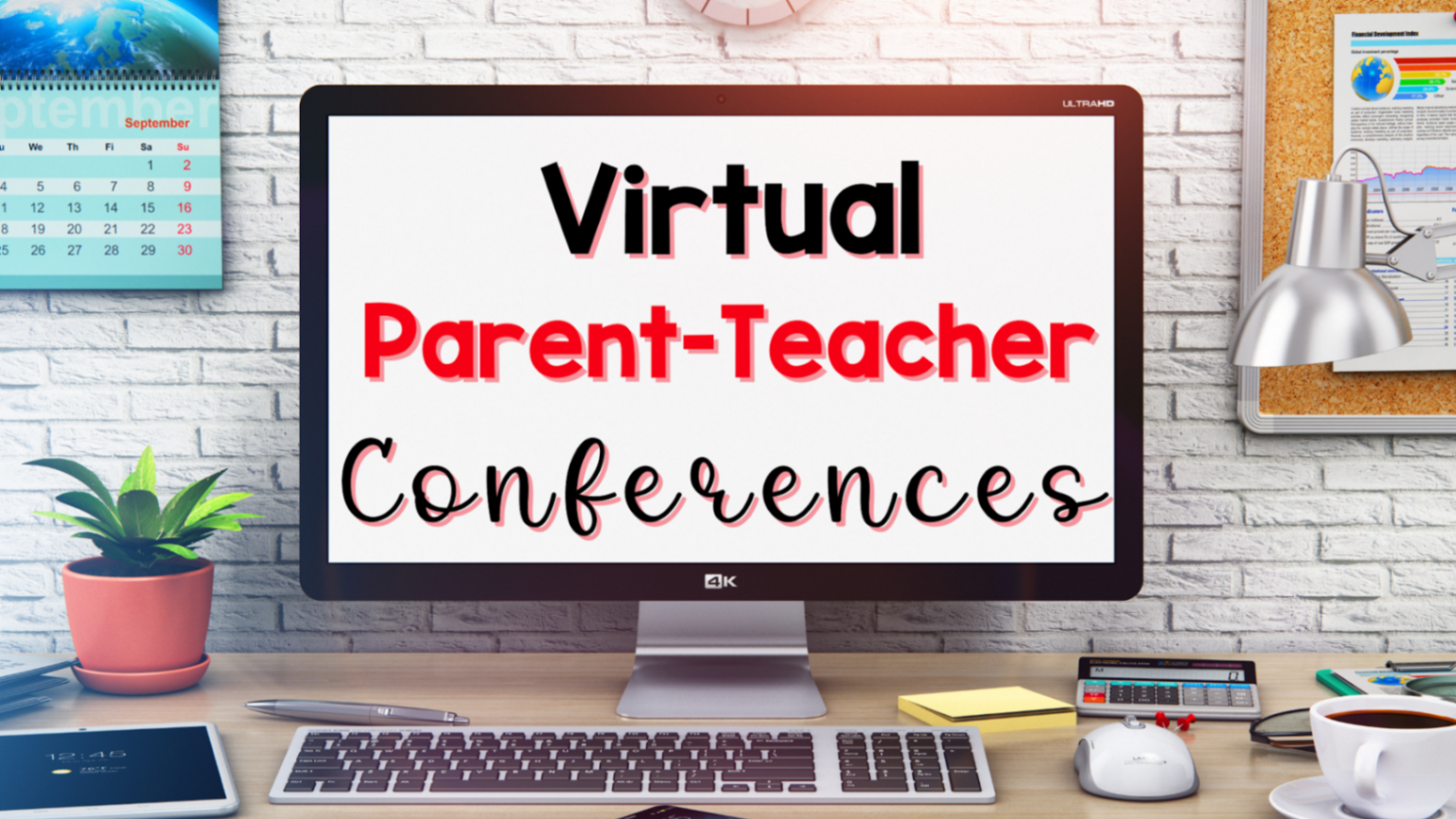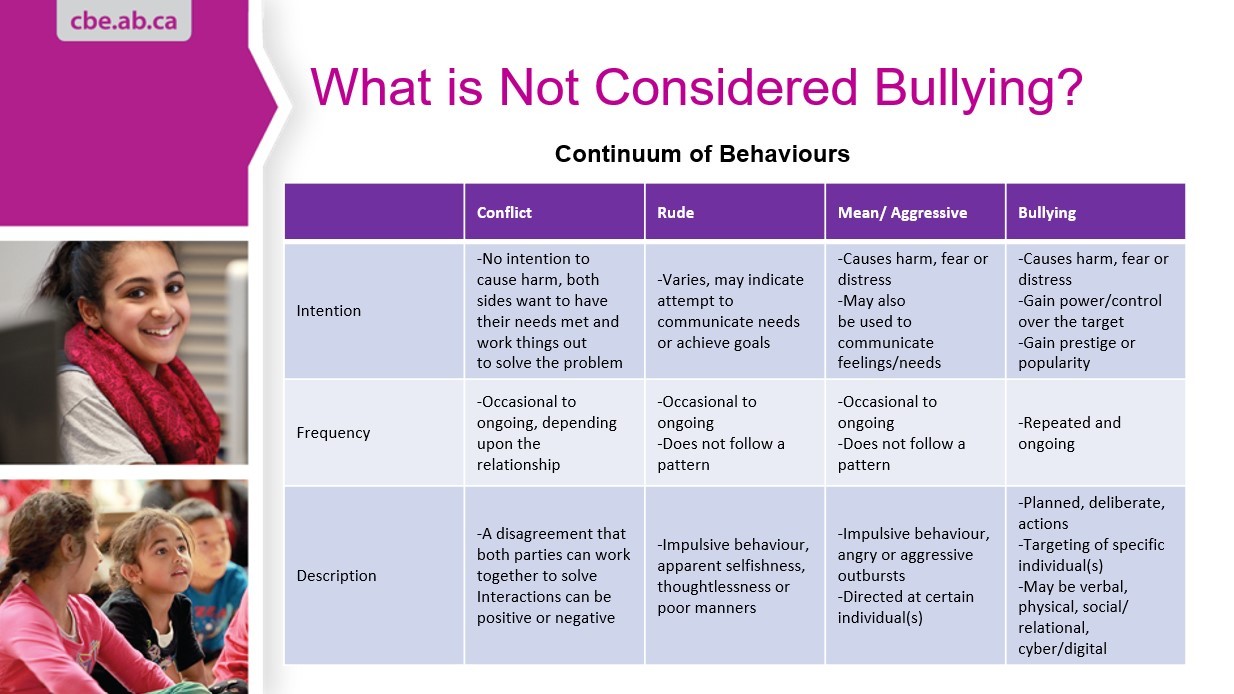IMPORTANT UPCOMING DATES
March 14 - Kindergarten Conferences for those that pick a time slot on this day
March 20 (evening) and 21 (daytime) – ONLINE Parent/Teacher
March 24-28 – NO SCHOOL - Spring Break
March 31 – First day of classes after Spring Break
PARENT / TEACHER CONFERENCES ARE ALL ONLINE
The CBE made the decision that all Parent/Teacher Conferences scheduled for March will be online. Please watch your email for the link to sign up for a 15-minute timeslot. It is critical that parents get logged into their computers prior to the slot that they sign up for and click the link that you will get when you sign up PRIOR to the actual timeslot. This will put you into the virtual ‘waiting room’. When it is your time, the teacher will click ‘admit’ to let you into the online meeting. This is the only way that teachers are able to stay on time and can get everyone through the conference within their assigned time period. Thanks in advance for your help.
KNOWING THE DIFFERENCE BETWEEN PEER CONFLICT, MEAN BEHAVIOUR, AND BULLYING
When a child is having a problem with peers, it can be hard for parents to know what is really happening – is it bullying? Or is it something else? Children are still learning how emotions work and how to get along with each other. Each type of behaviour must be handled differently to keep children safe and help them learn how to get along with others. See below to help you know how to engage in discussions with your children when issues arise.
Peer Conflict:
Conflict between and among peers is a natural part of growing up. Children will have times when they disagree / argue / have differing opinions where they cannot solve their own problems. They may even become so frustrated that they say mean things or act out physically by hitting, kicking or trying to hurt.
If it’s peer conflict you will be aware that these children:
- usually choose to play or hang out together (or can be on again/off again friends);
- have equal power (similar age, size, social status, etc.);
- are equally upset about the issue or problem;
- likely feel remorse;
- are both interested in the outcome;
- want to solve the problem and restore the relationship; and
- will be able to work things out with adult help (after calming down).
Adults can respond by helping the children talk it out and see each other’s perspective. This is often referred to as “conflict resolution”. This should be constructive and should:
- focus on present rather than past issues
- share both positive and negative feelings as well as similarities in how they are feeling
- help both children accept mutual responsibility
Mean / Rude Behaviour:
Children are often open and honest with thoughts and feelings. They can speak without thinking about the consequences. Many children may try out behaviours to assert themselves – sometimes saying or doing mean or rude things – such as making fun of others, using a hurtful name, taking something without permission, not playing fairly, leaving someone out of an activity, game, or event, or “budging” in line.
If it is mean behaviour, usually:
- it is not planned and seems to happen spontaneously or by chance;
- it may be spoken or done in anger, frustration, impulsively or with cruelty that is often regretted;
- it only happens once or twice if it was purposeful;
- it may be aimed at any child nearby;
- the child being mean may feel badly when a someone points out the harm they’ve caused.
When adults see mean behaviour, they should not ignore it. Adults should respond quickly, firmly and respectfully to stop the behavior, to let kids know that their actions are hurtful and to re-direct children to more positive behaviour. This quick response stops children from developing a pattern of mean behaviour as their way of interacting with peers and prevents mean behaviour from escalating into bullying. It is a lot easier to correct a child for one nasty comment than to change a pattern of cruelty that grows over time.
Children on the receiving end of unkind remarks should also be taught to communicate their feelings with the offending child. For example, it is healthy to say, “I felt hurt when you laughed at my new glasses”. Giving children tools to express their hurt empowers them to be take ownership of their feelings and also to learn how to be assertive when someone is unkind.
Bullying Behaviour:
Bullying is serious behaviour that has three key features – all three must be present for the situation to be considered bullying:
- Power imbalance - One child clearly has power over the other(s), which may be due to age, size, social status, and so on.
- Intention to harm -- The purpose of the bullying behaviour is to demean, harm or hurt other(s) – it’s intended to be mean, cause harm / fear / distress and is clearly not accidental.
- Repeated over time -- bullying behaviour continues over time and gets worse with repetition. There is a real or implied threat that the behaviour will not stop, and in fact will become even more serious
Bullying can take different forms including:
- Physical – pushing, hitting
- Verbal – name calling, threats
- Social – intentional exclusion with the intent to cause harm, rumours
- Cyber – using digital technology to harass, demean or threaten
The effect on the child who is being bullied is increased fear, apprehension, and distress. Often by the time adults find out about what is happening, the child has tried many ways to stop the bullying but cannot do so on their own.
Adults must address the bullying behaviour and ensure the safety of the student who has been targeted. They also need to reassure the children who may have witnessed the behaviour that adults are taking care of it.
When schools respond to bullying, staff will also help the child who has been bullying others to take responsibility for their actions and change their behaviour. They will monitor the situation to ensure the bullying stops and will support the child who has been bullied to regain confidence and a sense of safety. Staff may follow-up with the students who observed the behaviour to help them learn what to do when they see bullying.
The “conflict resolution” style of bringing the children together is not recommended in bullying situations, until considerable time has gone by and all children are feeling safe enough to talk about what happened so that relationships can be healed.
All staff at Northern Lights School work diligently with students to know the difference between peer conflict, mean behaviour, and bullying. We strive to help our students be responsible for the impact of their behaviour on others and to tell an adult at school if they are upset or worried. We are grateful for the parents in our school community for being our partners in this very important work.
For more information, please see the CBE’s:
- Student Code of Conduct document at https://cbe.ab.ca/GovernancePolicies/AR6005-Student-Code-of-Conduct.pdf#search=student%20code%20of%20conduct
- Progressive Student Discipline document at https://cbe.ab.ca/GovernancePolicies/AR6006-Progressive-Student-Discipline.pdf#search=student%20code%20of%20conduct


